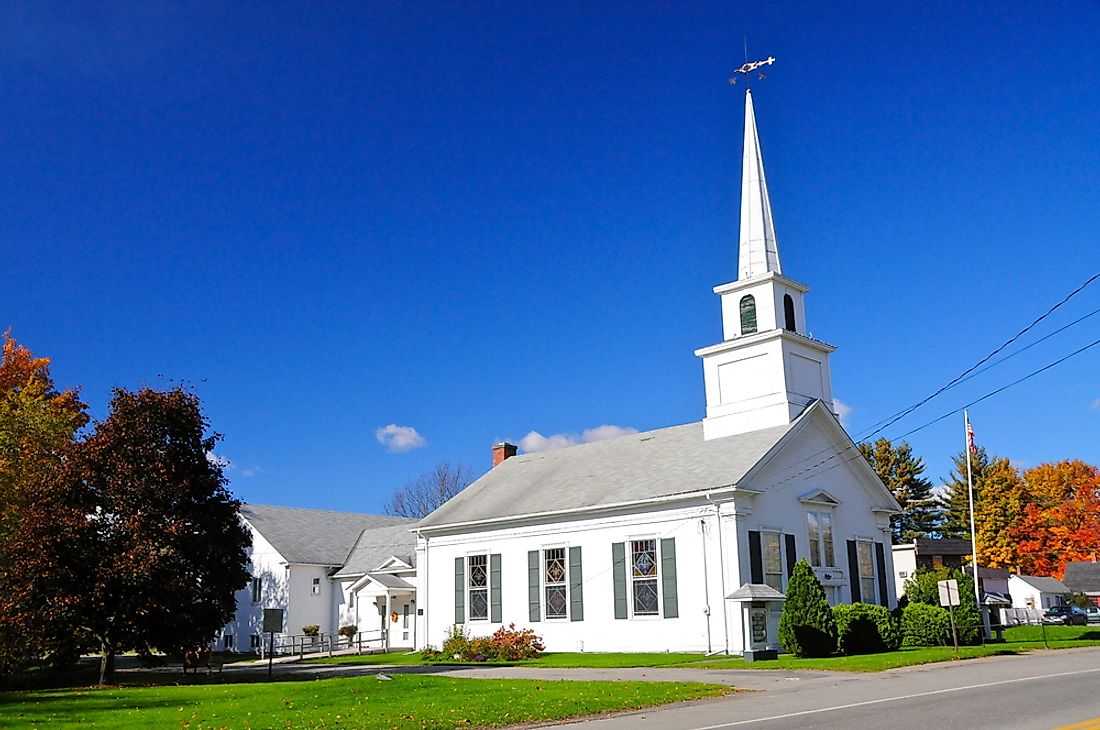What Was the Second Great Awakening?

The Second Great Awakening was a religious movement that arose in the U.S in different places and in different forms. The Protestant revival movement was led by preachers of the Methodist and Baptist religious groups. The Second Great Awakening commenced in the late 18th century, gained momentum in the early 19th century, and was at its peak in the middle of the 19th century. The driving force was the personal piety over theology and schooling. The awakening rejected deism of the Enlightenment and skeptical rationalism. Romanticism was the major focus characterized by religious devotion, emotions, and enthusiasm. The congregation enlarged with the recruitment of new members in the existing denominations, particularly in Midwest and north-west regions. New denominations formed at a very high rate because converts strongly believed that the revival heralded a better millennial age.
Historical Background
The movement derived the name from the context of the First and the third Great Awakening with the first Awakening having taken place between the 1730s and 1740s and the Third Awakening of the late 19th century. The awakening was also sweeping across Europe mainly in Germany, Scotland, and England with Evangelicalism and pietism being the driving forces. The revival meetings spread across Tennessee, Kentucky New York, and Southern Ohio very fast.
Different efficient tactics were used with the Methodists having itinerant ministers, also called circuit riders who preached to target converts. The circuit riders were common people who easily created rapport with people in remote locations. Evangelical churches sent out missionaries and exhorters to the backcountry to hold camp meetings for several days. Crowds were inspired to gather in the religious revivals due to the dancing, shouting, singing and to create a social network. Preaching from various missionaries exerted a lot of emotional power with the need to stop sinning and return to Christ. Upon return to respective villages, the converts formed local churches leading to a massive religious transition in the U.S.
Theology And The Second Great Awakening
The revival was highly driven by the belief that the return of Christ was near. The coming of the Messiah was believed to be just after the millennium which could be followed by a long period of happiness and peace. Diviners taught that the millennium will come in very few years hence Progressive reforms were a priority. Postmillennialism theology which dominated Protestantism at that time targeted to purify the society in preparation for the return of Christ. Theological teachings were based on the fact that all men are spiritually equal before God making people from all races and class join the movement. However, by the 1840s, Christ had not yet returned making the great day recede to a distant future.
Impact Of The Second Great Awakening
Membership soared, especially in the Methodists and Baptist churches leading to numeric strength almost overtaking the dominant denominations. New denominations were formed which include the Seventh-day Adventist, Church of Christ, Disciples of Christ, and Evangelical Christian Church of Canada, etc. Most of the converts were female and youth. Politically, the revival brought progressive reforms in the society known as the antebellum reforms which include fighting for women's rights, the abolition of slavery, and other pertinent issues facing the society such as greed and poverty. The revival left a memorable legacy in social reforms and democratization. The Second Party System was influenced by the revival teachings in making its framework leading to the rebirth of public participation and interest in politics. The Awakening influenced the change of laws and the way institutions are created. Temperance activism started playing an important role in the American political scene.











